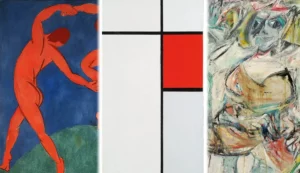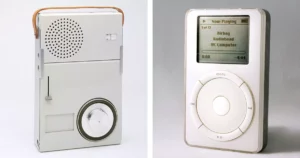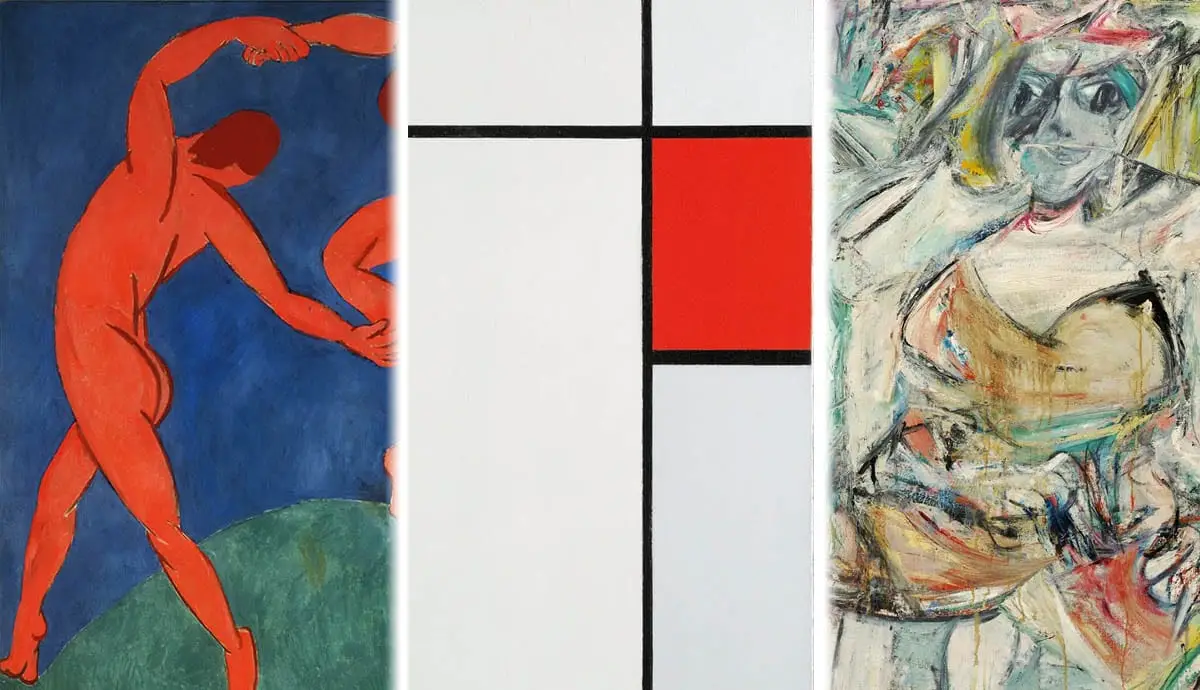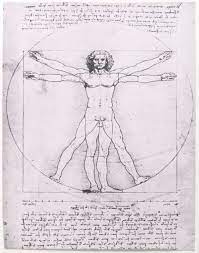Part 2 in our series How Storytelling Shapes Our Future [You can find Part 1 here]
Today, we stand on the brink of a new age, propelled by rapid technological advancement and an insatiable thirst for convergent knowledge.
However, if we take a moment and look backward, we find frameworks that are helpful in how we build our future. History is more than a narrative of the past; it’s a blueprint from which the present and the future draw indelible inspirations.
The profound impact of art through the ages paints a compelling story of how aesthetic expressions have perennially inspired and influenced contemporary and future visions. The spectrum of artistic philosophies provides a sturdy structure on which today’s thought leaders build their thinking.
“Every man who knows how to read has it in his power to magnify himself, to multiply the ways in which he exists, to make his life full, significant and interesting.” – Aldus Huxley
Let’s take a look at the Renaissance, a period of intellectual and creative blossoming. It elevated the human spirit from the Dark Ages’ ashes.
The Renaissance: A Pinnacle of Art, Innovation, and Thought Leadership
The Renaissance is a period characterized by profound intellectual and artistic rebirth, with many parallels to our current age.
Leonardo da Vinci stands as a quintessential figure of this age, his pursuits blended art with mechanics and engineering ultimately influencing much of our modern-day achievements.
His “Codex Atlanticus” sketches, an imaginative foray into aerodynamics, presaged modern aviation’s contours, providing a nascent framework that inspired the Wright brothers centuries later (Ackerman, James S. “Leonardo da Vinci’s Last Supper.” The Art Bulletin, vol. 41, no. 2, 1959, pp. 91–105.).
His fascination with human anatomy, illustrated through the “Vitruvian Man,” lays the foundation for the enduring dialogue between art and medical science.

Modernism meant the objective idea of seeing was put to the test and was increasingly replaced by a subjective idea of seeing.
Modernism: Shaping the Present and Inspiring Future Thought Leaders
Transitioning into the Modernist period, the aftermath of World War I steered society toward a desperate yearning for fresh paradigms.
The Bauhaus School emerged as a beacon of integration between art, craft, and technology, its principles resonating through time.

The influence of Bauhaus in Apple products is seen in bringing order to something very complex. Less is more.
Modern-day designers and architects often trace their philosophical and aesthetic roots to the Bauhaus doctrine, illustrating a seamless blend between form and function.
Virginia Woolf’s exploration of internal consciousness in“Mrs Dalloway” (1925) sowed seeds for today’s evolving discourse on identity, mental health, and existentialism in a fragmented societal framework.
Brutalism, with its raw, unadorned ethos, arrived amidst the socio-political flux of the mid-20th century. Its staunch emphasis on functionality and material honesty presents a crucial lesson for our contemporary architectural practices.
The Brutalist ethos, advocating for authenticity and directness, finds a resurgence in the current architectural landscape that seeks sustainability and truth to materials as foundational principles (Clement, Alexander. “Brutalism: Post-War British Architecture.” The Crowood Press, 2011.).
The connection between these historic artistic movements and present-day innovations is a testament to art’s enduring role as society’s mirror and catalyst.
Thought leaders today, whether in technology, design, or literature, draw upon the wellspring of past artistic philosophies to navigate the modern era’s complex narrative. The synergy between age-old artistic wisdom and contemporary ingenuity propels us into a future rife with potential.
The continuum of artistic expression through the ages provides not just a retrospective but an opportunity to navigate and create the future we want using echoes from the past as our guide.
Each of these artistic periods demonstrates a symbiotic relationship with the ethos of their times, providing a rich tapestry of insights for contemporary thought leaders to draw upon. These and many more examples from history serve as stark reminders that the stories we tell ourselves today are part of a grand continuum that will inspire and inform the future we create.
An Exercise in Cultivating Thought Leadership
I invite you to take a moment to contemplate the enduring influence of the thought leaders we’ve explored. Notice the remnants of their brilliance in today’s world. Notice how their pioneering ideas continue to shape our landscape. Their insights, ideas and creations have stood the test of time and remain relevant and continue to influence the way we think, work and create.
These artists, thought leaders and influencers created the future we are living in today. Notice how their enduring fingerprints continue to impact us many centuries and decades later. Witnessing the persistence of impactful ideas throughout time can fuel your drive to craft insights that echo across generations.
The world needs diverse voices, unique perspectives, and inspiring stories to navigate the complex challenges that lie ahead. Your voice matters, your experience matters, and your unique way of seeing the world matters. Each of us – artists, writers, entrepreneurs, leaders, curious minds – speak up; add our thinking to the future being created now.
Embrace the past, envision the future, and let your voice resonate through the corridors of time.
Next, in Part #3 we embark on an interstellar voyage of imagination and innovation. Can you guess who it might be about?
Until then, remember:
Your contribution, your narrative, can shape the world of tomorrow.
History remembers those who tell its tales. As the world evolves, the influence of storytelling remains steadfast. It’s the secret sauce that empowers thought leaders. Our Thought Leadership Through Storytelling Masterclass is your secret recipe book.
Join us, and uncover how stories can change the world.
Become the thought leader you were meant to be.
ENROLL TODAY and start your journey toward inspiring, influencing, and impacting.


